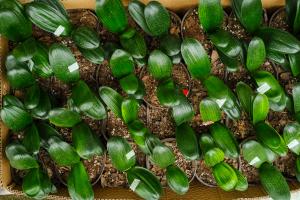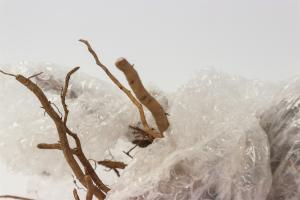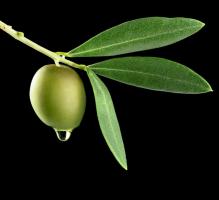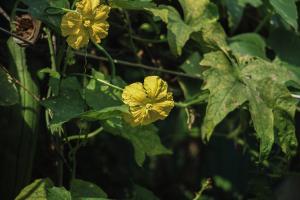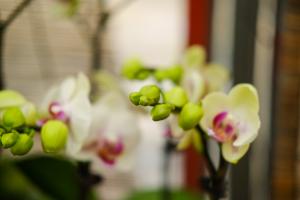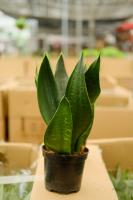Title: How to Save a Bamboo Plant That is Turning Yellow
As a low-maintenance and resilient plant, bamboo is a popular choice for indoor and outdoor decoration. However, it is not uncommon for bamboo plants to turn yellow and dry out. This can be due to various factors such as overwatering, underwatering, inadequate sunlight, or pests infestation. Fortunately, there are measures you can take to revive your yellow bamboo plant and bring it back to its green glory. Here are some tips on how to save a bamboo plant that is turning yellow.
Section 1: Identify the Problem
The first step to saving a yellow bamboo plant is to identify the cause of the problem. Check the soil moisture level, the amount and intensity of sunlight the plant receives, the temperature and humidity of the environment, and the presence of pests. Yellow leaves can be a sign of overwatered or underwatered soil, lack of sunlight, or insect infestation. Once you have identified the cause, you can take the appropriate action.
Section 2: Adjust Watering Practices
Bamboo plants need to be watered regularly, but overwatering can lead to yellowing and wilting of the leaves. Ensure that the soil is moist, but not soggy. Water the plant when the top inch of soil feels dry to the touch. Use lukewarm water to avoid shocking the plant's roots. If the soil is too wet, let it dry out before watering again. On the other hand, if the soil is too dry, soak it thoroughly until excess water drains out.
Section 3: Provide Adequate Sunlight
Bamboo plants require bright, indirect sunlight for optimal growth. If your plant is turning yellow, it may not be getting enough sunlight. Move the plant to a brighter spot near a window where it can receive several hours of indirect sunlight a day. Avoid exposing the plant to direct sunlight, which can scorch its leaves. You can also supplement natural light with artificial light using a grow lamp.
Section 4: Adjust Environmental Conditions
Bamboo plants thrive in warm and humid environments. If your plant is turning yellow, it may be because the temperature or humidity is too low. Maintain a temperature between 65 and 80 degrees Fahrenheit and a humidity level of at least 50 percent. You can increase humidity by misting the plant's leaves with water or placing a tray of water near the plant. Avoid exposing the plant to cold drafts or sudden temperature changes.
Section 5: Control Pest Infestations
Pests such as spider mites, scale insects, or mealybugs can damage bamboo leaves and cause them to turn yellow or brown. If you suspect that your plant is infested with pests, inspect the leaves and stems for signs of insect activity. Use a solution of water and dish soap or rubbing alcohol to remove pests from the plant's leaves and stems. You can also use insecticidal soap or neem oil spray to control the infestation.
Conclusion:
In conclusion, a yellow bamboo plant can be revived by identifying the problem, adjusting watering practices, providing adequate sunlight, adjusting environmental conditions, and controlling pest infestations. With proper care and attention, your bamboo plant can recover and continue to thrive. Remember to be patient and consistent in your care routine, and your green bamboo plant will once again grace your living space.

 how many times do yo...
how many times do yo... how many planted tre...
how many planted tre... how many pine trees ...
how many pine trees ... how many pecan trees...
how many pecan trees... how many plants comp...
how many plants comp... how many plants can ...
how many plants can ... how many plants and ...
how many plants and ... how many pepper plan...
how many pepper plan...